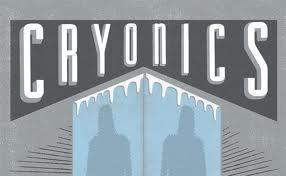What is Cryonics?
Cryonics is the preservation of legally dead people or pets at extremely low temperatures (below 130ºC or 200ºF) in order to restore the person or animal to life in the future. Current law prohibits freezing someone in this manner while still alive, so the technique is conducted as close to the point of death as possible. The general idea behind cryonics is that since most diseases that cause death result from damage to the body’s tissues, cells, organs, and cellular components, the body should be curable in the future as science develops. Unfortunately, persons who pay cryonics companies to freeze their bodies upon their death do not have any guarantee that the technique will in fact bring them back to life in the future.
Is Cryonics a Science?
Cryonics is not considered a science as it is speculative. That is to say, it is merely based on future scientific capabilities that are not grounded in current research or information. Over the years, there have been a significant number of false claims regarding future scientific capabilities, thereby necessitating some proof of technological capability for the field to be considered potentially valid. As a result, until greater strides are made in cryonics, it will not be labeled a branch or field of science.
What are the Fields Related to Cryonics?
There are several scientific disciplines that are related to, but different from cryonics. First is cryogenics, which is the study of low temperatures on inanimate or animate materials. Next is cryobiology, which is the study of low temperatures on biological material. It does not include research on methods to restore frozen or cool biological specimens. Other related studies include cryosurgery and cryomedicine, which examine the benefits of conducting surgeries on humans that are cooled to low, but above freezing temperatures. Research discoveries in these fields will contribute to the advancements in cryonics as the science matures.
The Future of Cryonics Research
When the idea of cryonics was first introduced, there was no scientific proof or rationale to indicate that a body could be successfully repaired from a frozen state. Since that time, methods to repair freezing damage have been outlined. These methods entered the research fields in nanomedicine and nanotechnology and aided with the invention of the cryobiological technique called vitrification. As the supporting scientific disciplines continue to mature, the number of cryonics supporters and associated research funding increase. The Cryonics Society is the leading non-profit organization devoted to promoting cryonics research, which makes the field a viable future option.


Comments - No Responses to “What is Cryonics?”
Sorry but comments are closed at this time.